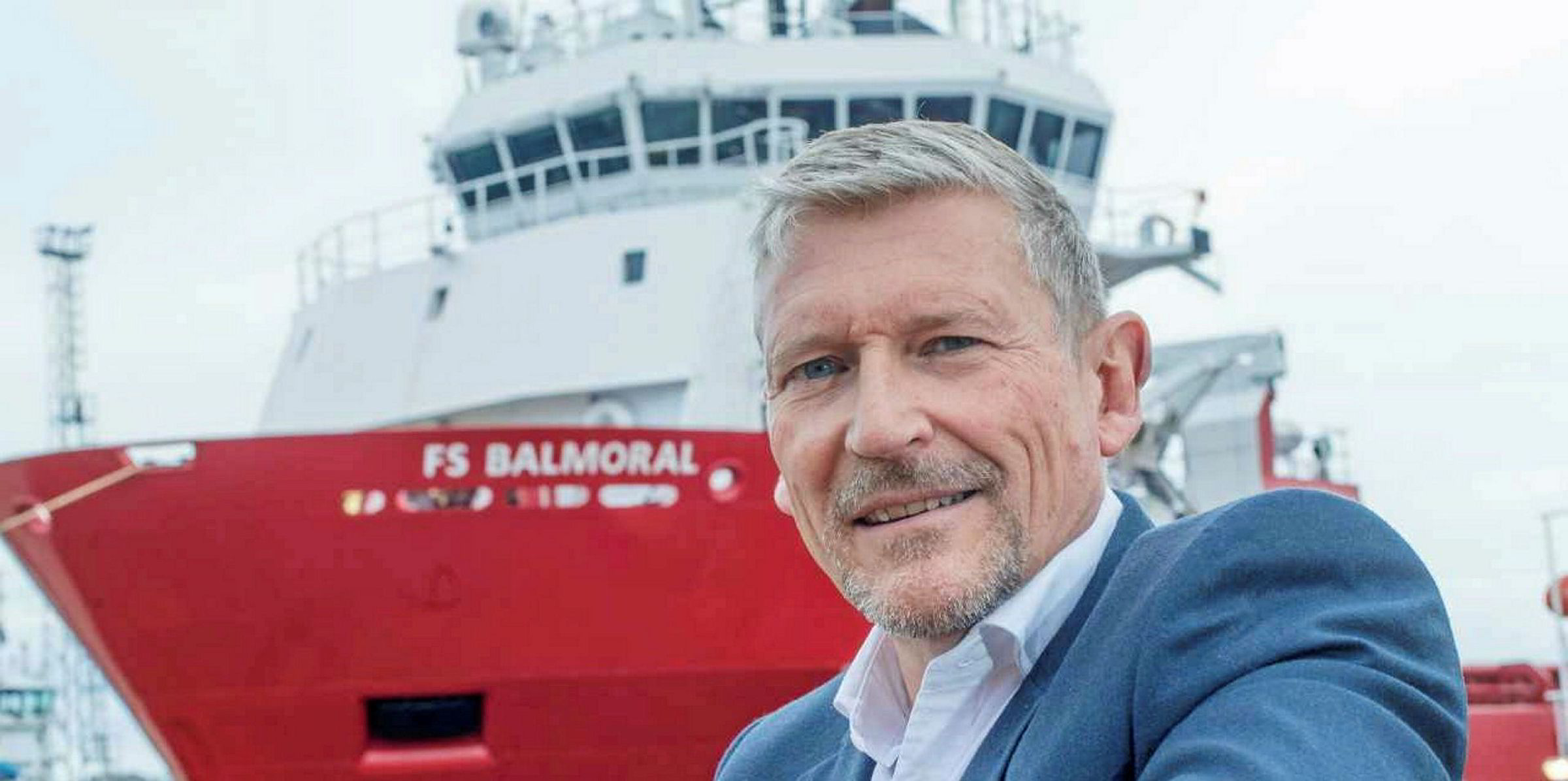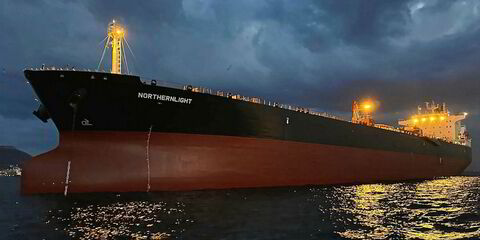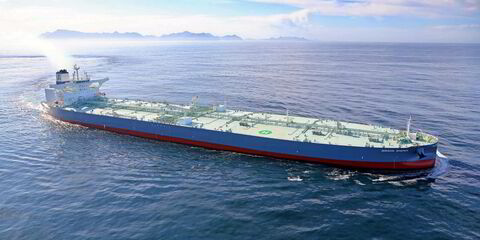The offshore vessel orderbook has dwindled to only 4% as a share of the global fleet on the water following years of depressed markets.
But Clarksons Research said deliveries will remain slow, even though solutions for moving the vessels out of yards are being found.
Analyst Ivan Rumynin said offshore contracting has remained at "extremely low levels" for a number of years.
The majority of units on order in the offshore support vessel (OSV) sector were now contracted more than five years ago. The average age of these contracts is more than six years, in fact.
The total offshore orderbook, including drilling units, FPSOs and wind farm vessels, stood at 536 units at the start of February 2020, 19% less than at the start of 2019 and representing just 25% of its February 2009 peak, when 2,141 were on order.
This represents a 4% share of the fleet, down from a peak of 23% in the first quarter of 2008.
Drilling units and OSVs account for a combined 55% of the total, and in these sectors 92% and 78% of ships, respectively, were ordered before 2015.
Of the 221 OSVs still on order, 172 were ordered pre-2015.
Speculative headache
A total of 43 OSVs were delivered to owners in 2019, 31 of which were platform supply vessels (PSVs) and 37 of which were contracted pre-2015.
Many of the units were speculative contracts placed at Chinese yards, with 74% of OSVs on order in there.
These have faced a problem, with owners unable to find contract cover or finance when ships are ready, leaving them stranded.
"Whilst the future of these units remains uncertain, there have been some welcome signs of solutions being found, particularly for jack-up rigs," Rumynin said.
This has involved bareboat arrangements between Chinese state-owned asset management company SinoOcean Offshore, as well as other sources of Chinese capital or yards taking ownership.
Across the remainder of the orderbook, excluding OSVs and drilling units, 21% of ships were originally contracted before 2015.
"Many of the more recent orders have focused on specific project requirements, whilst a more positive outlook in certain sectors has boosted contracting, notably of FPSOs, shuttle tankers and units for the offshore wind industry," Rumynin added.
In the construction vessel sector, 24% of vessels on order were ordered pre-2015, including speculative orders for inspection and maintenance-focused ships, self-elevating platforms and heavy lifters.
Deliveries to stay sluggish
"Encouragingly, solutions are starting to be found for some units, particularly jack-up drilling rigs, though this is still less common for OSVs," Rumynin said.
"However, deliveries are likely to remain slow and the future generally remains uncertain for many units in the offshore orderbook."
John Fredriksen's Seatankers Management is among the owners taking delivery of vessels in recent months, according to Norwegian broker Seabrokers.
The 5,000-dwt PSV Sea Gull has been handed over from Fujian Mawei Shipbuilding in China, the second of four multipurpose vessels it has on order there.
And Mexican owner Enav Offshore has taken delivery of its first newbuilding PSV from the same yard.
The 5,100-dwt Enav Peregina is the first of three sister vessels, with Enav Agave and Saguaro to follow later this year.






